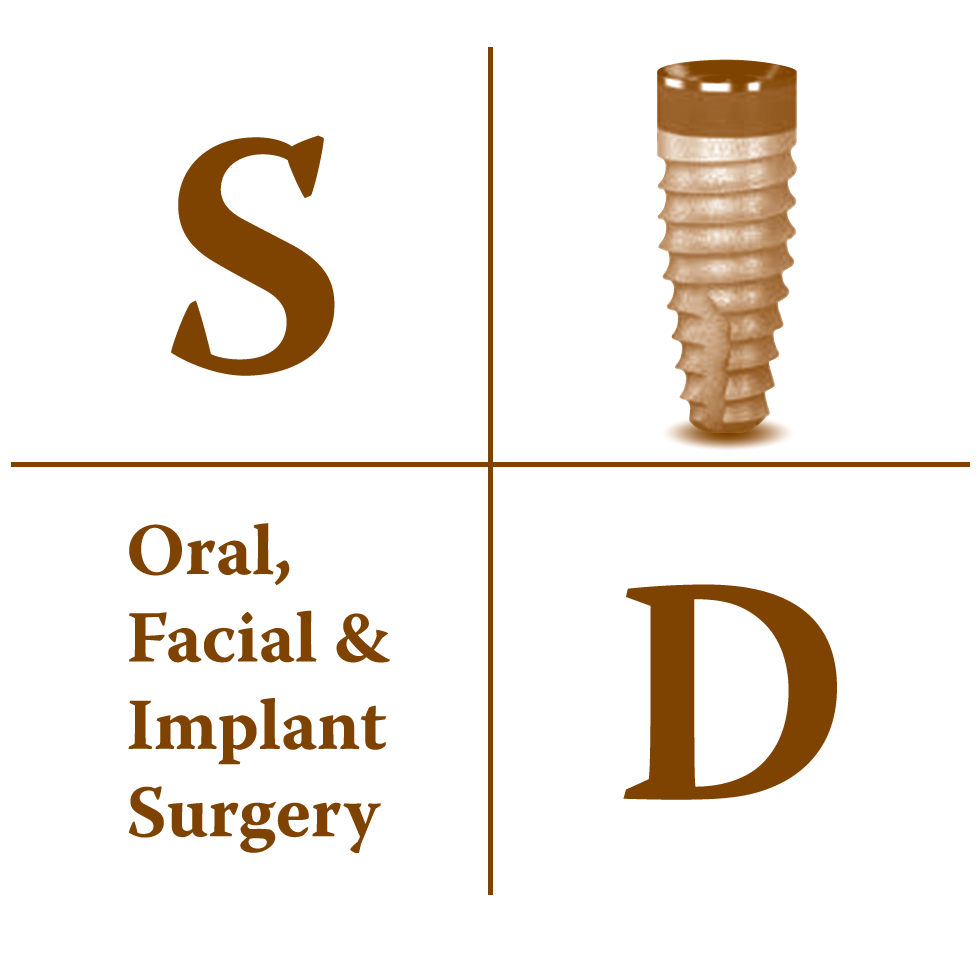Impacted Canine Exposure
“Exposure and Bracketing” or “Expose and Bond”
What are the canine teeth?
Humans have two upper canine teeth and two lower canine teeth. You may have heard the canines be referred to as “cuspids”, “eye teeth” due to their position directly below the eyes, or “fang teeth” due to their distinctly sharp shape. Normal adult canine teeth erupt into the mouth between the age of 11-13 and play a critical role in biting and tearing food.
What is an impacted canine?
When a canine tooth does not erupt properly, it can become trapped beneath the gums and bone. This is often due to dental crowding and misalignment of previously erupted teeth, which do not allow enough space for the canine to erupt. Other important factors that contribute to canine impaction include failure of the corresponding primary tooth (baby tooth) to exfoliate and genetics. The canines are the most commonly impacted teeth after the third molars (wisdom teeth).
What is involved in a canine exposure?
An expose and bond procedure is a collaborative effort between your oral surgeon and your orthodontist. Your surgeon will surgically expose the impacted canine and attach a bracket and chain to it. After the surgery, your orthodontist will use the chain and your braces to slowly move the canine down to its proper position and alignment.
Why should I get my impacted canine exposed? Why not leave it impacted?
The canine teeth play several critical and unique functions in your mouth:
The distinctive shape of the canine teeth make them a key component for biting, tearing, and chewing food.
The canines are important for the relative alignment of your upper and lower jaws during function (when closing and opening your mouth). When they are in proper position, the upper and lower canines are the first teeth to touch as you bite down, working to guide the rest of your teeth into your “normal bite”. The long roots and robust bone support of the canines make them the ideal teeth to take on this demanding task. Without canine teeth, the load of this guidance is spread among other teeth, increasing wear and the chance of tooth fracture.
The upper canines are essential for the proper alignment of the rest of your teeth. Misaligned teeth can lead to numerous long term issues including tooth grinding, uneven tooth wear, temporomandibular joint (TMJ) disorder, and increased risk of gum disease and cavities.
The upper canines erupt into the mouth later than most other teeth, resulting in the closure of unsightly gaps and development of a symmetrical and esthetic smile.
In addition to the benefits of having your canines in proper position and alignment, there are risks to leaving the tooth in an impacted position:
Impacted teeth have significantly increased chance of developing cysts and tumors that can result in varying degrees of bone destruction and damage to adjacent structures and teeth.
Impacted teeth can interfere with orthodontic treatment and prevent adjacent tooth movement.
Impacted teeth in the lower jaw can increase the risk of jaw fracture
Can other teeth become impacted as well?
Yes, although rare, other teeth can become impacted and require exposure and bracketing.
Do I need to have braces before my expose and bond procedure?
Yes, an orthodontic evaluation and initiation of orthodontic treatment is required prior to exposing an impacted canine.
What anesthesia options are available for my expose and bond procedure?
For patient comfort we offer three anesthesia options to our patients undergoing exposure and bracketing of impacted teeth: local anesthesia, nitrous oxide sedation, and general anesthesia. Anesthesia options will be discussed with you during your consultation visit. All our services are provided in an environment of optimum safety that utilizes modern monitoring equipment and staff who are experienced in anesthesia techniques. More information about anesthesia options can be found on our Anesthesia Page.

